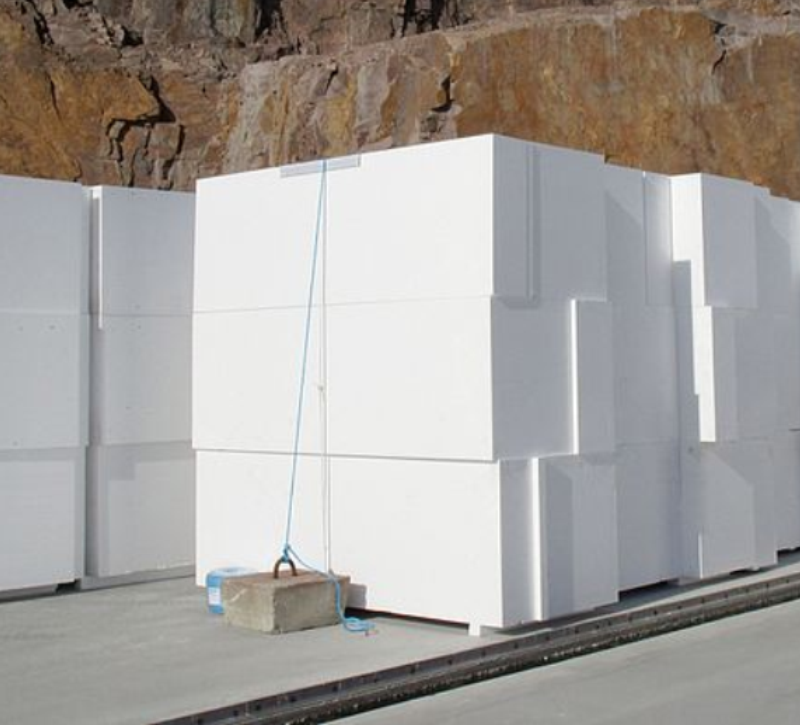
What is EPS Foam and How is it Used?

EPS foam is an incredibly versatile material used in a variety of industries from construction to packaging. Also known as expanded polystyrene or styrofoam this type of foam provides insulation cushioning and shock absorption properties that make it a great choice for businesses and homeowners alike. Let’s take a look at what exactly EPS foam is and how it can be used.
What is EPS Foam?
EPS foam is made from expandable polystyrene beads that are placed into moulds and exposed to steam to create a rigid lightweight material with excellent insulating properties. This type of foam has been around since the 1940s when Dow Chemical developed the process for using steam to expand the beads into blocks and boards. Since then it has become one of the most commonly used materials for insulation, cushioning, packaging, flotation devices and more.
Uses for EPS Foam
One of the most common uses for EPS foam is insulation. The closed cell structure means that air doesn’t pass through easily making it great for keeping heat inside buildings during cold weather or keeping cool air in during hot weather. It can also be used as padding in helmets or other protective gear to help absorb shocks or impacts. Additionally EPS foam can be used for packaging fragile goods like electronics or glassware since its lightweight nature won’t add too much weight to shipping costs. Lastly, some types of EPS foam can even be shaped into artistic sculptures due to its malleability once heated up.
Benefits of EPS Foam
EPS foam has many advantages over traditional materials such as wood or steel. It’s lightweight yet strong enough to provide ample support when used as an insulating material in buildings or fixtures. It can also be easily moulded into various shapes to fit any application. Additionally, it offers superior thermal resistance due to its unique cell structure which helps retain heat within the structure in cold climates. Its low cost makes it ideal for large-scale projects where budget is an issue.

 Rated Excellent
Rated Excellent